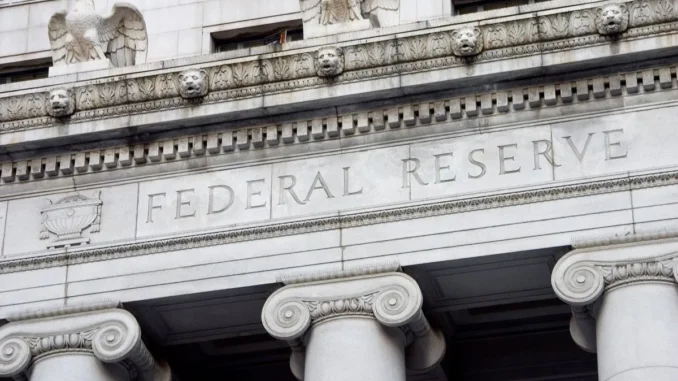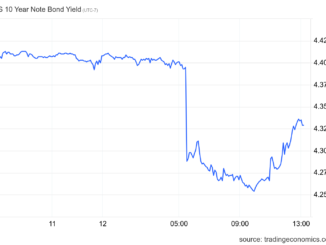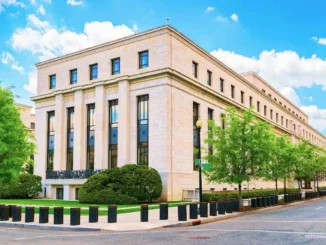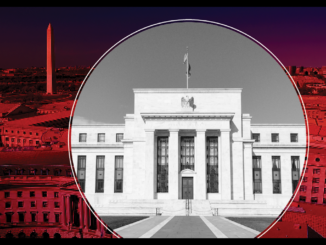The Federal Reserve’s Federal Open Markets Committee (FOMC) held its short-term policy interest rate steady at a range of 5.25% to 5.5% for a fifth straight meeting on Wednesday.
“The Committee does not expect it will be appropriate to reduce the target range until it has gained greater confidence that inflation is moving sustainably toward 2%,” the FOMC said in a statement. “In addition, the Committee will continue reducing its holdings of Treasury securities and agency debt and agency mortgage-backed securities, as described in its previously announced plans.”
Earlier in March, Fed Chair Jerome Powell emphasized during his semiannual monetary policy testimony that the central bank needed “just a bit more evidence” that inflation was on the right path before implementing the first rate cut since March 2020. On multiple occasions Wednesday, Powell reiterated the central bank’s commitment to a target of 2% inflation.
Fed officials also unveiled their latest interest rate and economic projections for the first time since December. At that time, most officials agreed that inflation would fall from just above 3% at the end of 2023 to just below 2.5% at the end of 2024. Most penciled out three quarter-point rate cuts this year.
But in the interval between the December and March meetings, inflation in both January and February came in higher than expected. Meanwhile, the unemployment rate continued to stay below 4%, companies still exhibited expanding payrolls, and workers boasted growth in real wages.
While the projections for the policy rate at the end of 2024 did not change, policymakers expect fewer rate cuts in 2025 and 2026 than they anticipated in December. In other words, interest rates are poised to stay higher for longer.
Fed officials also expect inflation, excluding volatile food and energy prices, to end the year at 2.6% instead of 2.4%, a modestly higher level than they anticipated in December. As of Wednesday afternoon, investors were placing the probability of a cut by June at 74.4%, according to the CME Group. The Fed meets one more time before that, on April 30 and May 1.
What does a cautious approach mean for housing?
Mortgage rates have trended upward since the beginning of the year. As of March 18, mortgage rates were 30 to 40 basis points higher than on Jan. 1, 2024, according to Mike Simonsen, founder and president of Altos Research.
Experts still expect mortgage rates to come down in 2024 but not as fast as anticipated, hampering homebuyers’ prospects of improved affordability. New construction will continue to be a necessary source of housing options for buyers as the supply of existing homes remains limited.
According to Realtor.com chief economist Danielle Hale, assumable mortgages — which allow a buyer to take over a seller’s existing mortgage terms — could become a more viable alternative.
“A small share of the total outstanding mortgage pool is eligible for assumption, and the share of sellers who are aware of this feature and advertising it on their listings is even smaller, but in some of the markets where sellers are most likely to advertise this feature, Realtor.com research suggests that buyers can find mortgage assumption advertised on 1-3% of active homes for sale,” Hale said in a statement.
ENB
Sandstone Group




